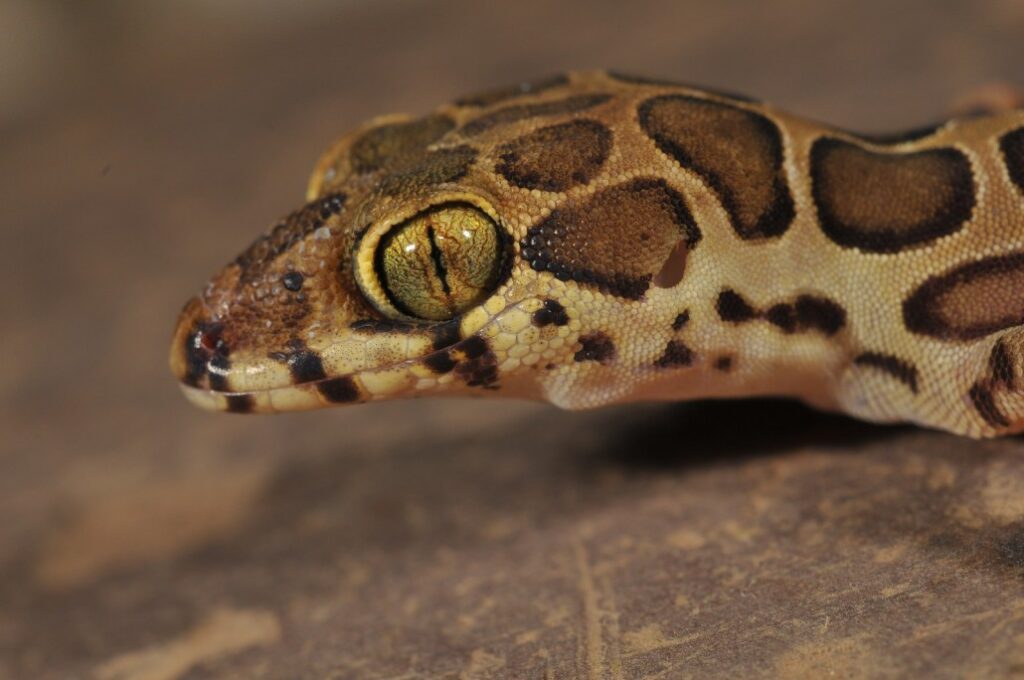Research by Reaseheath herpetologist Dr Simon Maddock has helped to formally identify a new species of Indian lizard, the Giri’s geckoella Cyrtodactylus (Geckoella) varadgiri.
A scientific paper containing a species description of the lizard, which was co-written by Simon, has been published today (Friday 23 September) in the peer reviewed scientific journal Zootaxa following an in-depth examination by scientific experts. A species description gives a clear description of a new species and explains how it differs from species which have been described previously.
Simon was a member of a collaborative research team from the UK, India and the USA to study the prominently patterned bent-toed gecko, which comes from Western and Central India. The lizard, which is 6cm – 7cm in total length, was named after esteemed Indian herpetologist Varad Giri in recognition of his contribution to Indian herpetology while he was a Curator at the Bombay Natural History Society.
The research, which was led by Ishan Agarwal of Villanova University, USA, used a combination of DNA and external characteristics to identify the new species. Although Giri’s geckoella has been documented for over 20 years, it was until now believed that the population belonged to the closely related forest spotted gecko (Geckoella collegalensis) from Southern India.
Giri’s geckoella is quite widely distributed and can be found from sea level around Mumbai up to approximately 350 m in deciduous forest, scrub and agricultural land. The species is active at night where it can be seen moving along the floor, during the day it retreats under rocks and logs. If disturbed, the lizard will make a defensive squealing call.
Simon, who is a Course Manager for our Level 3 Extended Diploma in Animal Management, completed his Level 3 National Diploma in Animal Management with us in 2007 before studying for a Masters Degree in Zoology at Bangor University, followed by a PhD jointly funded by London’s Natural History Museum and the University College London. He is currently a Research Associate of the Natural History Museum and is a world expert on the amphibians of the Seychelles.
Simon said: “The identification of this new species of lizard is extremely exciting and one of particular importance to the biodiversity of Central and Western India. It is likely that, over the coming years, more species belonging to this group of lizards will be discovered and described as new species.”
Simon has been involved in a number of key research projects and he has been a speaker at several global conferences. His published research can be found here.
Read more about this new species of Indian lizard here.

